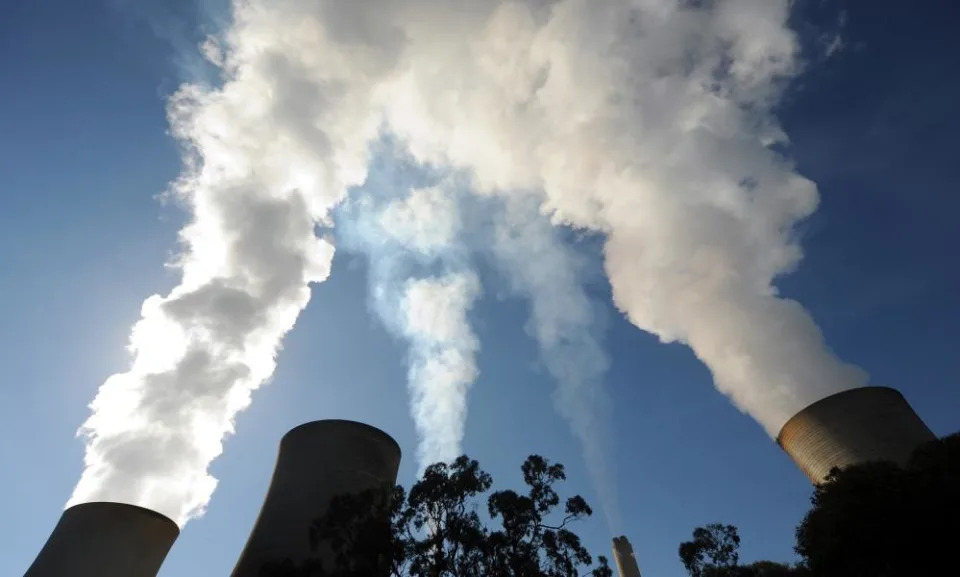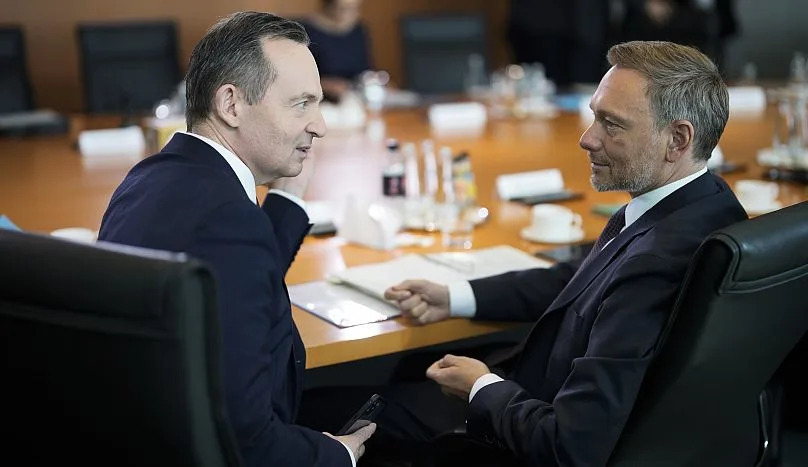Bucks university joins new project exploring Moon’s resources and nuclear power
Noora Mykkanen
Tue, 7 March 2023

The UK Space Agency has announced new funding to support space exploration using the Moon’s resources and nuclear power.
The projects could revolutionise the ability to journey deeper into space – and even travel to Mars – safely and efficiently.
They aim to use remote technologies, and supplies found in space, to sustain astronauts and spacecraft.
One project is creating remote equipment scientists can use to run experiments on biological models in deep space from Earth.
This will allow them to better understand the impact of space on human health and begin designing medical treatments for astronauts.
Other ventures include testing improved systems for recycling breathing gases while in space, and enhanced methods for extracting valuable resources, such as oxygen and metals, from Moon rock.
While another one of the projects will look at new nuclear power processes for propulsion.
The agency announced £1.6 million funding for the eight projects through its Enabling Space Exploration fund on Mars Day.
CEO of the UK Space Agency Dr Paul Bate said: “The concept of exploring deeper into space – whether that means returning to the lunar surface through the Artemis programme, or working out how we could travel to, and survive on, Mars and beyond – is a global ambition that has been growing since humanity’s first forays into space in the 1950s.
“Supporting technologies that make that ambition a reality will help raise the international profile of UK space skills and expertise.
“Not only does this naturally unlock business opportunities all along the supply chain, but it helps inspire young people to consider the possibility of a career in space without having to leave the UK.
“This is an incredibly exciting time for the space exploration sector, and I look forward to seeing how far the results of these projects will reach.”
Minister of State with responsibility for Space at the Department of Science, Innovation and Technology, George Freeman, said: “Space is the ultimate frontier, laboratory and technology testbed.
“The UK’s long history of leadership in deep space science and exploration is key to both understanding our solar system and origins of life, and creating opportunities for our high growth SpaceTech sector.
“Today’s funding is part of the government’s strategy to use our £5 billion investment in space science and technology to grow our £16.5 billion commercial space sector to create the businesses, jobs and opportunities of tomorrow, and the space clusters from Cornwall to Scotland.”
At the European Space Agency Council of Ministers meeting in November, the Government pledged £1.84 billion for important space programmes, which includes a commitment to the UK-built Rosalind Franklin Mars Rover, set to launch to Mars in 2028.
The projects will be led by the University of Exeter, University of Southampton, Hampshire, Open University in Milton Keynes, Buckinghamshire, MAC SciTech, South Shields, Bangor University, Wales, and Thales Alenia Space, Oxfordshire.
Noora Mykkanen
Tue, 7 March 2023

The UK Space Agency has announced new funding to support space exploration using the Moon’s resources and nuclear power.
The projects could revolutionise the ability to journey deeper into space – and even travel to Mars – safely and efficiently.
They aim to use remote technologies, and supplies found in space, to sustain astronauts and spacecraft.
One project is creating remote equipment scientists can use to run experiments on biological models in deep space from Earth.
This will allow them to better understand the impact of space on human health and begin designing medical treatments for astronauts.
Other ventures include testing improved systems for recycling breathing gases while in space, and enhanced methods for extracting valuable resources, such as oxygen and metals, from Moon rock.
While another one of the projects will look at new nuclear power processes for propulsion.
The agency announced £1.6 million funding for the eight projects through its Enabling Space Exploration fund on Mars Day.
CEO of the UK Space Agency Dr Paul Bate said: “The concept of exploring deeper into space – whether that means returning to the lunar surface through the Artemis programme, or working out how we could travel to, and survive on, Mars and beyond – is a global ambition that has been growing since humanity’s first forays into space in the 1950s.
“Supporting technologies that make that ambition a reality will help raise the international profile of UK space skills and expertise.
“Not only does this naturally unlock business opportunities all along the supply chain, but it helps inspire young people to consider the possibility of a career in space without having to leave the UK.
“This is an incredibly exciting time for the space exploration sector, and I look forward to seeing how far the results of these projects will reach.”
Minister of State with responsibility for Space at the Department of Science, Innovation and Technology, George Freeman, said: “Space is the ultimate frontier, laboratory and technology testbed.
“The UK’s long history of leadership in deep space science and exploration is key to both understanding our solar system and origins of life, and creating opportunities for our high growth SpaceTech sector.
“Today’s funding is part of the government’s strategy to use our £5 billion investment in space science and technology to grow our £16.5 billion commercial space sector to create the businesses, jobs and opportunities of tomorrow, and the space clusters from Cornwall to Scotland.”
At the European Space Agency Council of Ministers meeting in November, the Government pledged £1.84 billion for important space programmes, which includes a commitment to the UK-built Rosalind Franklin Mars Rover, set to launch to Mars in 2028.
The projects will be led by the University of Exeter, University of Southampton, Hampshire, Open University in Milton Keynes, Buckinghamshire, MAC SciTech, South Shields, Bangor University, Wales, and Thales Alenia Space, Oxfordshire.




















